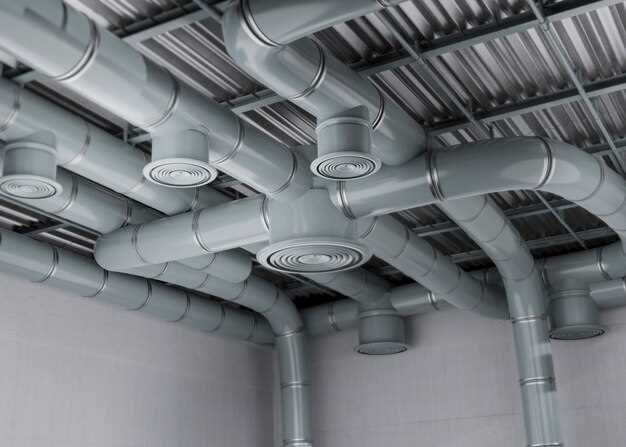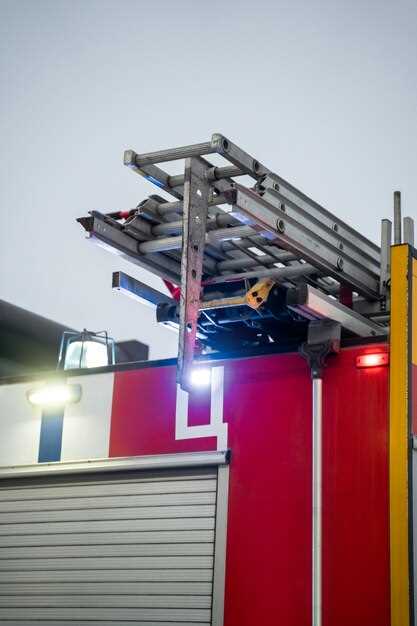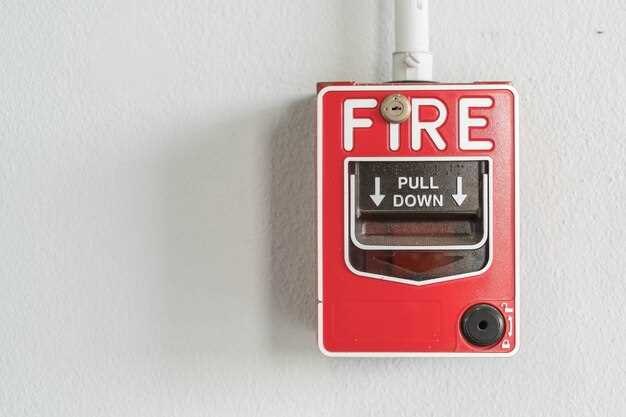
What Type of Fire Suppression System Do You Need?
- George Harris
- 0
- Posted on

In a world where safety is paramount, selecting the appropriate fire suppression system is crucial for protecting lives and property. Whether you are a homeowner, business owner, or facilities manager, understanding your specific requirements and the options available can make all the difference in an emergency. Each environment presents unique challenges, and choosing a system tailored to those challenges is essential for effective fire prevention and control.
Fire suppression systems vary significantly in their design, functionality, and application. From traditional water sprinklers to advanced chemical agents and gas suppression systems, each has its advantages and limitations. It’s vital to assess the specific needs of the space you are trying to protect, considering factors such as the type of occupancy, potential fire hazards, and local regulations that may influence your decision.
Moreover, technological advancements have led to the development of innovative solutions that offer enhanced fire protection. Investing time in understanding these options, along with consulting with fire safety professionals, can ensure that you not only comply with safety standards but also implement a system that offers peace of mind for all concerned. This article aims to guide you through the selection process, highlighting key considerations and types of fire suppression systems available.
Assessing Your Property’s Unique Risks and Requirements

Understanding the unique risks and requirements of your property is crucial when selecting an appropriate fire suppression system. Each property type, whether residential, commercial, or industrial, presents different challenges and hazards that must be evaluated thoroughly. Begin by identifying the main areas of risk within your space. Common hazards include flammable materials, electrical equipment, and potential ignition sources, all of which play significant roles in determining the likelihood and severity of a fire incident.
Next, consider the layout and design of your property. Factors such as the size of the space, the number of floors, and the presence of fire barriers influence the effectiveness of various suppression systems. For instance, open-plan areas may require extensive coverage from suppression systems, while enclosed spaces may benefit from localized solutions. Access points and escape routes should also be assessed to ensure they are clear and effective in the event of an emergency.
Another critical aspect is the occupancy type and usage patterns of the property. Different occupancies–commercial kitchens, warehouses, offices–have specific needs regarding fire safety. High-occupancy areas may necessitate a system that allows for rapid evacuation and minimizes smoke and toxic fumes, whereas storage facilities might prioritize safeguarding assets. Additionally, consider the local regulations and codes that may dictate specific requirements for fire suppression systems in your area.
Lastly, involve relevant stakeholders in your assessment process. Engaging fire safety professionals, insurance agents, and property management teams can provide valuable insights into potential risks and effective prevention strategies. By taking a comprehensive and collaborative approach to assessing your property’s unique risks and requirements, you can confidently choose a fire suppression system that adequately protects your investment and ensures safety for its occupants.
Comparing Different Types of Fire Suppression Systems

When selecting a fire suppression system, it is essential to understand the various types available and their specific applications. Each system is designed to address different fire hazards, environments, and materials, making the choice crucial for optimal safety and efficiency.
Water-Based Systems
Water-based fire suppression systems, including sprinklers and standpipe systems, are the most common and operate by cooling the fire and reducing heat. Sprinkler systems activate automatically when a fire is detected, delivering water directly to the affected area. While effective for many fires, they may not be suitable for electrical fires or areas containing sensitive equipment, as water can cause further damage.
Foam Systems
Foam fire suppression systems are particularly effective for flammable liquid fires. These systems deploy a foam blanket that suffocates the fire by cutting off its oxygen supply while also cooling the burning material. There are different types of foam, such as AFFF (Aqueous Film-Forming Foam) and FFFP (Alcohol-Resistant Film-Forming Foam), each designed for specific scenarios. However, foam systems require specialized training and equipment for correct application.
Gas-Based Systems
Gas suppression systems, including carbon dioxide (CO2) and clean agent systems (e.g., FM-200, Novec 1230), are ideal for areas with sensitive electronics, such as server rooms and data centers. These systems extinguish fires by displacing oxygen or interrupting the chemical reaction of combustion. Gas systems leave no residue, making them desirable for protecting valuable equipment. However, they require careful design and monitoring, as high concentrations can be hazardous to human life.
Dry Powder Systems
Dry powder fire suppression systems are suitable for combating flammable metal fires and certain liquid fires. These systems work by chemically interrupting the combustion process. The application of dry powder can be effective in industrial settings, particularly where magnesium or sodium is present. While these systems are powerful, they can create cleanup challenges due to the nature of the powders used.
Water Mist Systems
Water mist systems employ ultra-fine water droplets that absorb heat and create a barrier between the fire and oxygen. These systems are gaining popularity in both industrial and commercial settings due to their efficiency and lower water usage compared to traditional sprinklers. They are versatile and can be employed in areas with sensitive equipment or where water damage is a concern.
In conclusion, selecting the right fire suppression system entails evaluating your specific needs, understanding the limitations and advantages of each type, and consulting with fire protection professionals. A comprehensive analysis will ensure that your choice offers the best protection against potential fire hazards.
Understanding Installation and Maintenance Considerations
Selecting a fire suppression system involves understanding both installation and maintenance requirements. Proper installation is crucial for the effectiveness of the system, as improper setup can lead to system failures during emergencies. First, assess the specific needs of the environment where the system will be installed. Factors such as building layout, occupancy type, and the presence of hazardous materials dictate the choice of suppression system.
In terms of installation, it is essential to engage certified professionals who are experienced with the chosen suppression method. Each system, whether it be water-based, chemical, or gas suppression, has unique installation guidelines that must be followed to ensure compliance with local codes and regulations. This includes access to power sources, water supply connections, and ensuring adequate placement of nozzles or sprinklers for optimal coverage.
Maintenance of fire suppression systems is equally important. Regular inspections and testing are necessary to verify system readiness. This includes checking fluid levels for chemical agents, testing alarm functions, and ensuring that components such as valves and nozzles are free from obstructions. Depending on the system type, maintenance frequency may vary; typically, this is done quarterly or annually.
Documentation of maintenance activities should be kept for accountability and to ensure compliance with insurance requirements. Training for personnel on how to operate the system effectively and what to do in case of an alarm is also a critical aspect of the maintenance plan. Keeping thorough records can help identify potential issues before they become serious problems.
In summary, consideration of installation and maintenance is vital when choosing a fire suppression system. Ensuring that these elements are thoroughly planned and executed will enhance safety and operational effectiveness in case of a fire emergency.
